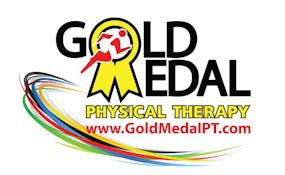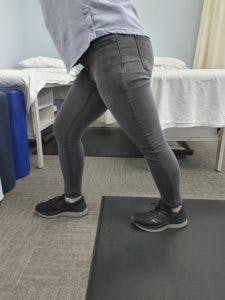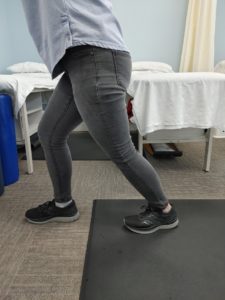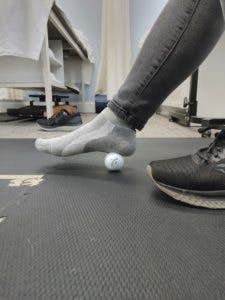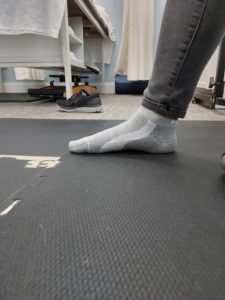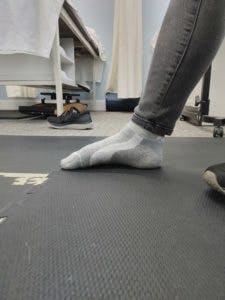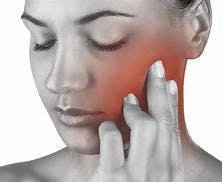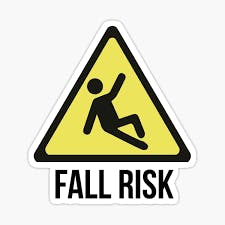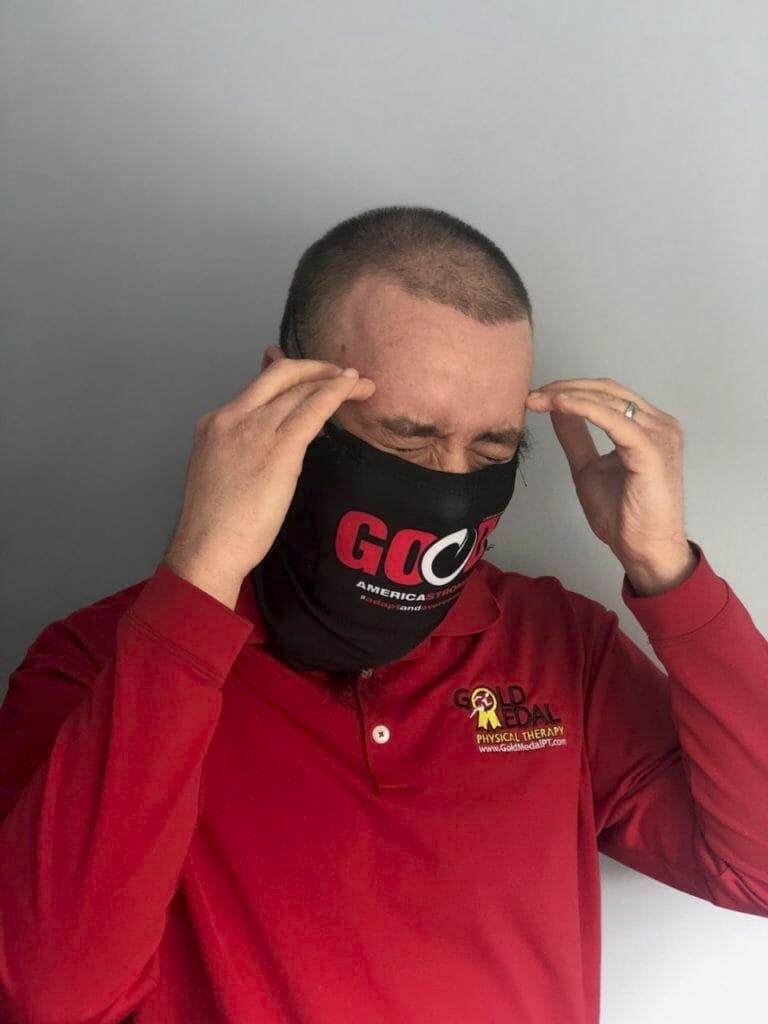Pre-operative Physical Therapy, also known as ‘Prehabilitation’, has shown to have positive outcomes on the recovery process of postoperative rehabilitation for individuals undergoing orthopedic surgery. Undergoing surgery with a poor preoperative functional status can increase the chance of complications postoperatively.
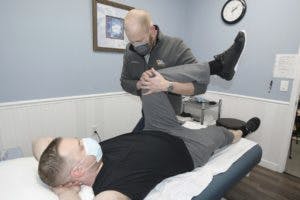
Here are some common questions asked about pre-habilitation, also known as prehab:
What can I expect from my prehab care?
Your therapist and clinical team will prescribe you targeted exercises to improve your overall strength and range of motion (ROM). The more ROM and strength you have prior to surgery, the easier it will be to reach these milestones after. Nutrition is vital before and after surgery. Your Doctor may recommend you meet with a nutritionist. This will ensure that you have a balanced diet needed for recovery.
Surgery is not only taxing on the body, but also on the mind. Working with a Physical Therapist who has helped individuals like yourself, may give you a better understanding of what to expect during the recovery process. You may be discouraged at first, feeling as though you are not progressing as quickly as you’d like. This is okay, recognizing that everyone progresses at different rates is part of the healing process.
Rehab is hard and should be challenging. Prehab with a Physical Therapist will help to place you in the right mind set to succeed. Exercise is going to be crucial in your recovery. Learning discipline and holding yourself accountable will help you recover more quickly.
Which population will find prehab most effective?
Typically, we have found that the elderly population benefits the most from Pre-hab. However, all ages typically do well and we have found that individuals who have sustained ACL tears do particularly well with prehab therapy.
What are the benefits of prehab?
Range of motion and strength appear to improve/ progress faster in individuals who utilize prehab as opposed to those who do not. Patients report reduced post surgical pain levels after working in a course of rehab prior to surgery. Your Physical Therapist can give you an accurate idea of what you need to do for a quicker recovery. Most importantly, having therapy prior to surgery helps you, the patient, set expectations following your procedure.
How long should I undergo prehab?
This will be up to your Surgeon and Physical Therapist. It will likely depend on the severity of the injury and what goals you would like to accomplish prior to your procedure.
